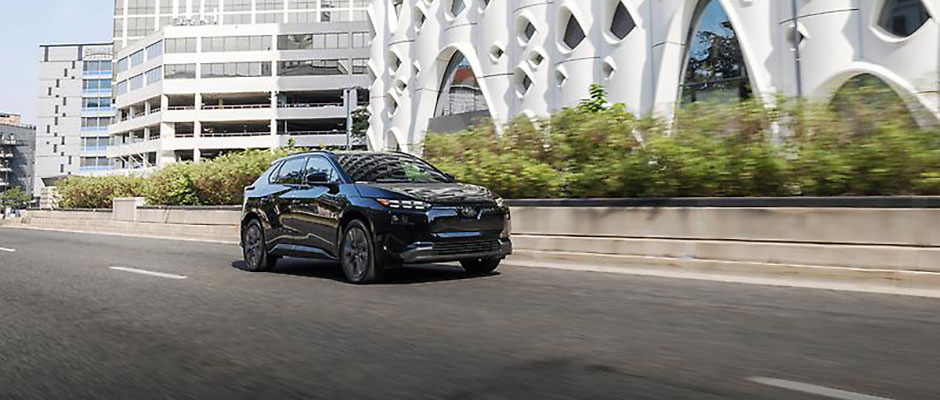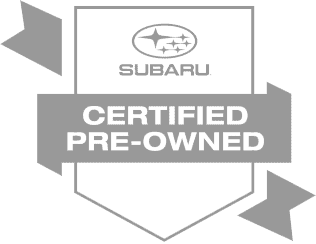Many different cars sold in the auto industry today come with all types of bells and whistles. On some types of cars, this includes AWD and 4WD, primarily with larger vehicles like trucks and SUVs. It can be easy to make the mistake of assuming that both of these options are the same. This can cause you to make the wrong selection when picking your next model. Although it's confusing to understand some of the differences between both options, there are a few facts to review to ensure you can understand which setup will work best for your next set of wheels and how you spend time on the road.
What is All-Wheel Drive?
If your car has all-wheel drive, the powertrain sends power to the wheels on the rear and front of the vehicle as it's in motion. This system comes with a full-time AWD to ensure the four wheels are always in motion for enough traction. A part-time system is also available with a two-wheel drive mode that is used most of the time, but it still allows you to switch to all-wheel drive if you need more traction to prevent the car from sliding around.
When all-wheel drive is in use, it operates without requiring the driver to engage the system at any time. Some manufacturers still produce cars that give you more options if you want to have a bit of control. Each wheel gets enough torque through a set of clutches, couplings, and differentials.
What is Four-Wheel Drive?
Larger vehicles like trucks and SUVs often have four-wheel drive to keep the vehicle planted on different surfaces. This system uses differentials in the center, rear, and front, along with couplings and transfer cases to ensure enough power reaches each wheel on the car.
With four-wheel drive, the wheels get the torque they need, but full-time and part-time modes are available. You can choose from low and high ranges at any time while operating the vehicle by using an electronic switch or lever that is present. The low setting will give you as much traction as possible. The high setting will give you enough traction for roads where a lot of snow, sand, or gravel is present.
Contact our visit our dealership today to learn more about the main differences between four-wheel drive and all-wheel drive. You can make an informed decision and have the traction you need.







